10. First Man
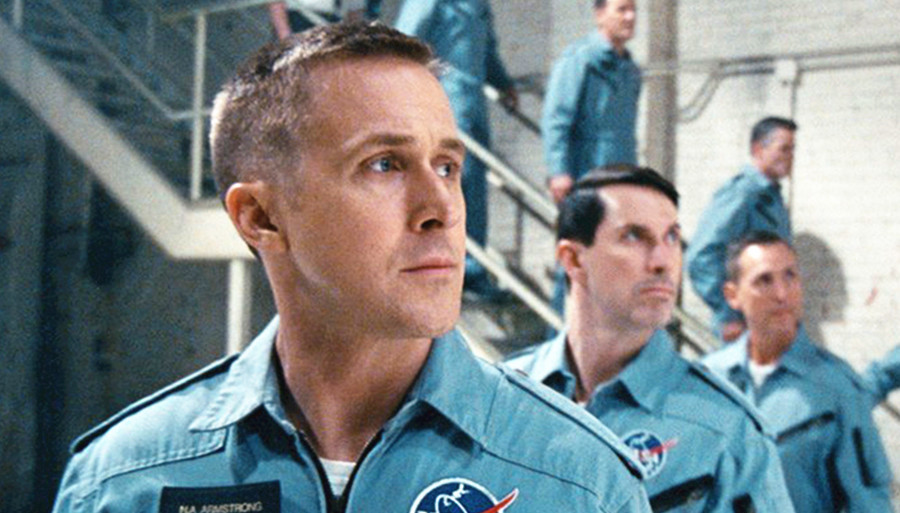
Oscar-winning director Damien Chazelle (2018’s La La Land) continues his winning streak (as well as his pairing with baby goose actor Ryan Gosling) in this ruminative, stirring, and visceral story of NASA’s space race mission to land a man on the moon in the 1960s.
Gosling is the iconic number one American astronaut Neil Armstrong in this intrinsic, first-person telling (adapted by Josh Singer from James R. Hansen’s 2005 book “First Man: The Life of Neil A. Armstrong”) that is equal parts gritty, grandiose, and heart-stirring.
Reteaming with his La La Land cinematic collaborator, Swedish cinematographer Linus Sandgren, Chazelle finds artful and astonishing ways to gobsmack the viewer (the carefully orchestrated buildup to the Moon landing sequence is stunning and pays off incredibly well) and tug at their heartstrings, too.
First Man is a moving experience, and a visually ravishing one with faultless production design, and endlessly impressive setpieces. The opening test flight is worth the admission price alone, but if you stay for the entire ride, First Man takes you to the moon and back and will have you oohing and awwing at mankind’s tenacity as well as a family’s ache, reformation and bravery.
9. Isle of Dogs
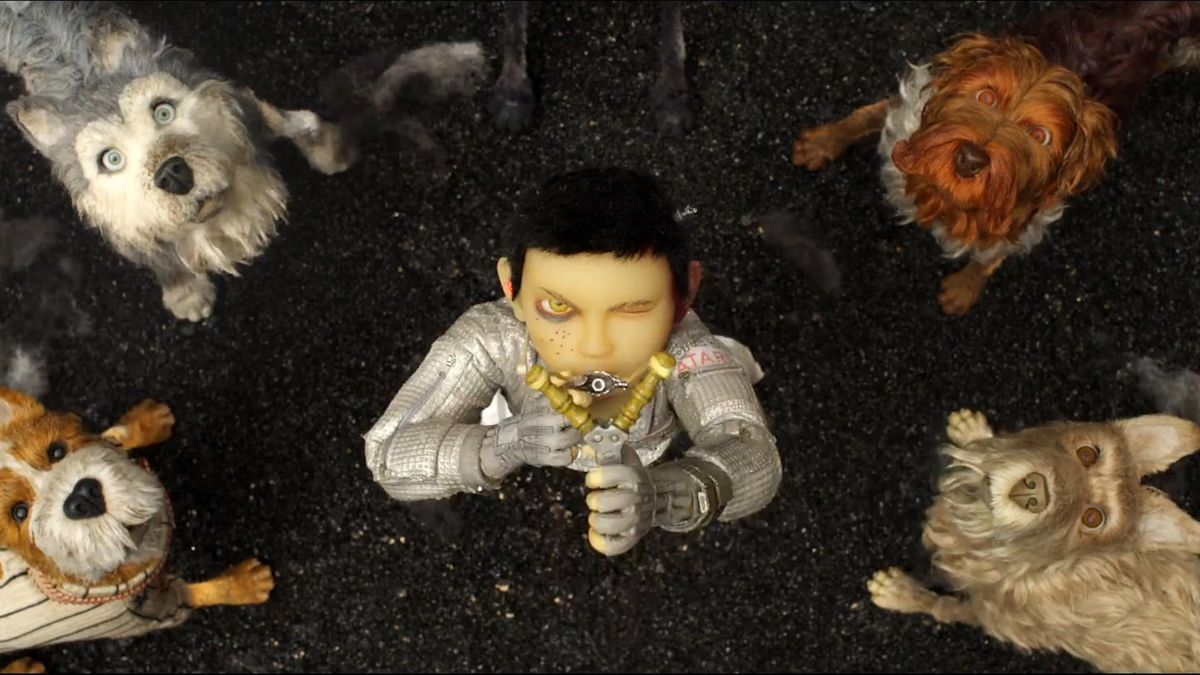
Densely packed with sly details, and understated hilariousness at every turn, Wes Anderson’s stop-motion marvel Isle of Dogs is also, surprisingly, his most serious film to date. Influenced most notably by the Japanese cinema of Akira Kurosawa and Honda Ishiro, and set in a near-future Japan where dogs are exiled to an offshore garbage dump following a canine-flu outbreak. This absurdist comedy may be an acquired taste, but for the Anderson cult, of which I’m a card-carrying member, this movie is catnip.
Winning and winsomely charming, Isle of Dogs is also equal parts Nick Park (The Wrong Trousers [1993]) and Jan Švankmajer (Alice [1988]), that follows the atypical Anderson milieu of non-linear storytelling in an episodic, chapter-derived fashion that’s aided and abetted by an all-knowing omniscient narrator (Courtney B. Vance).
The voice cast is a veritable who’s who of the Anderson actor repertoire (Bob Balaban, Jeff Goldblum, Frances McDormand, Bill Murray, and Tilda Swinton amongst them), the score from Alexandre Desplat is a work of wonder unto itself, as is the meticulous production design from Paul Harrod and Adam Stockhausen.
Isle of Dogs is wonderful escapist fantasy for all but the most jaded of cynics, and if you’re an Anderson fan, it’s sure to be one of your favorites in his deliberately, delightfully oddball oeuvre.
8. Mandy
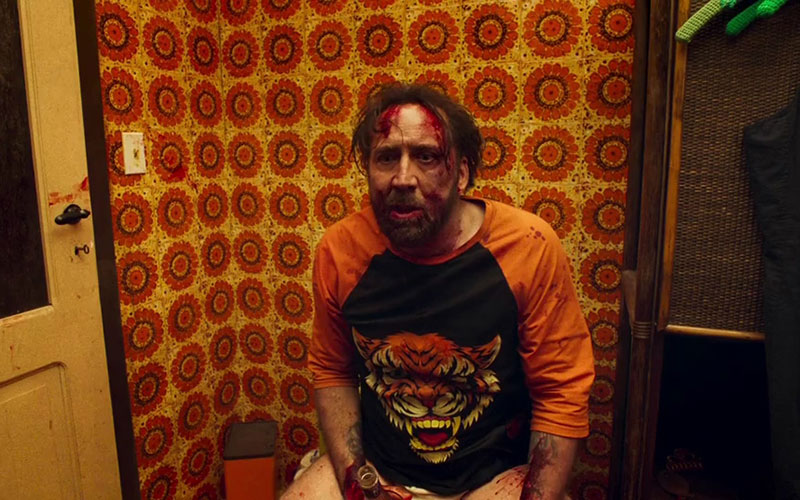
Panos Cosmatos follows up his Cronenberg-inflected sci-fi thriller Beyond the Black Rainbow (2010) with Mandy, a deeply personal film entwined in the most hallucinatory, messed up, heavy-metal-meets-80s-movie-mashup packaging imaginable. And when we say 80s movies, we’re talking Blue Velvet, Evil Dead 2, and Hellraiser here.
Set in 1983 somewhere in the Pacific Northwest near the Shadow Mountains, Red Miller (an absolutely insane Nic Cage) and his fantasy-obsessed artist girlfriend Mandy Bloom (Andrea Riseborough, brilliant) eke out a peaceful existence. But their idyll is short lived in this ultra-violent fantasy of revenge and bloodlust.
Conventional definitions of good and bad go by the wayside, but it feels like Cosmatos has made exactly the kind of uncompromising, obsessive, stoner prayer to the church of psycho cinema he’s always dreamed of.
Cage is gloriously off the chain, inhabiting a blood-speckled world of alien sunsets, King Crimson forests, Christ-dreading demon bikers, drug-crazed freaks, psychedelic insects, and Cheddar Goblins. Bolstered by a haunting Jóhann Jóhannsson score, stunning visuals (including some astounding animated dream sequences), Mandy is an extreme genre journey that beautifully weds grindhouse and arthouse in startling and stunning ways. Miss this movie at your peril.
7. The Rider
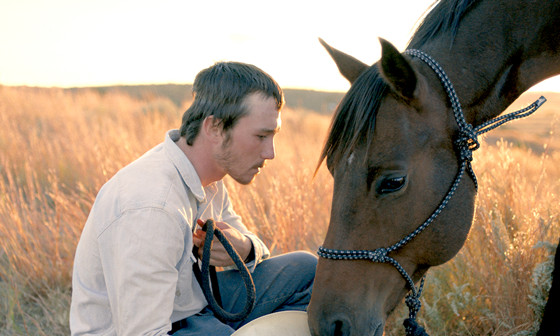
Chloé Zhao follows up her stunning debut Songs My Brother’s Taught Me (2015) with another heart-piercing and elegiac portrait of life below the poverty line in The Rider. Set and shot in the sun-scorched badlands of South Dakota, Brady Blackburn (Brady Jandreau) is instantly compelling and utterly convincing as a once rising star in the rodeo circuit, who sadly suffered brain damage from an accident at a bull-riding competition.
Now prone to seizures, and having been warned by doctors he can no longer ride, Brady finds solace and strength through his younger brother Tanner (Tanner Langdeau), who is now a resident in a care facility after suffering severe brain damage from a stunt similar to the one that fucked Brady up, too.
The Rider embraces a sustained poetic melancholy due in part to the gorgeous cinematography (Joshua James Richards, who lensed Zhao’s Songs My Brother’s Taught Me is a wonderful collaborated for this kind of emotive, neo-realist tale), and also from Zhao’s winning use of untrained actors who offer up honest performances of utmost purity. Heartfelt, bracingly sincere, and high-achieving, Zhao’s The Rider is a lowkey social-realist masterpiece. Essential viewing.
6. Burning
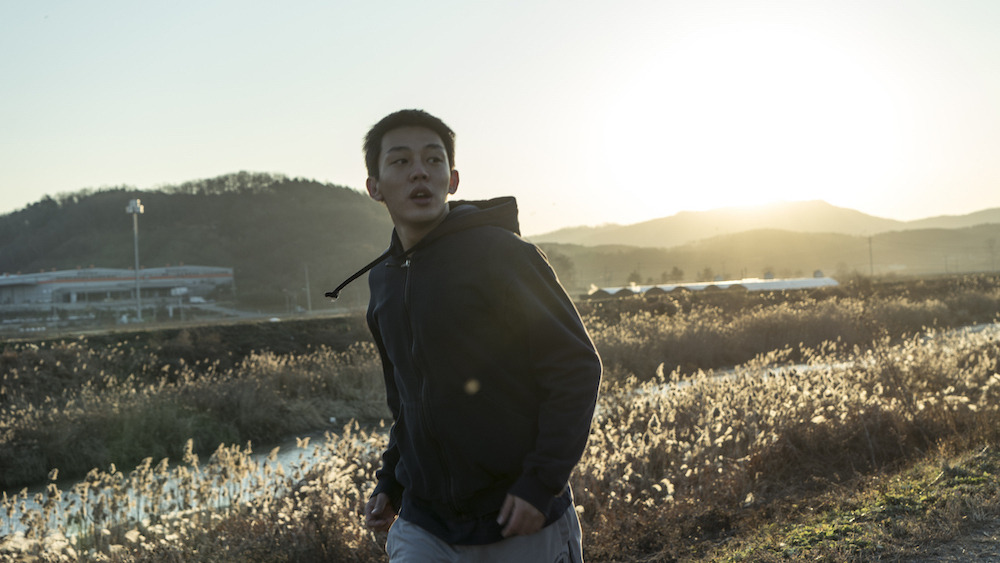
For fans of Korean master Lee Changdong (Secret Sunshine [2007], Poetry [2010]), the eight year wait for Burning was an agonising wait, but this astonishingly deft re-working of Haruki Murakami’s 1980 short story “Barn Burning” is worth the wait and then some.
A sharp psychological thriller draped in Murakami’s signature layers of quirky mystery pairs well with Changdong’s slow-burn aesthetic, eventually morphing into a nightmarish vision that is never less than gripping.
Aspiring writer/deliveryman Jongsoo (Yoo Ahin) runs abreast the enigmatic Haemi (Jun Jongseo), who claims to be a forgotten childhood classmate. Seducing him, she just as quickly absconds to Africa, leaving him to feed cat. Sonn she returns with suave, suspicious, and well-heeled Ben (Steven Yeun). Eventually Ben, in a druggy haze, shares his bizarre fascination/fetish for burning down greenhouses. After this confessional Haemi disappears, plunging Jong-soo into a frenzy that cannot end well.
A meticulously assembled and artfully composed picture––mad props must go out to Hong Kyung-pyo’s expert lensing and the remarkable editing chops of Kim Da-won and Kim Hyeon––Burning evokes an emotional quagmire of startling intensity, more than worthy of its astonishing source material.
5. Suspiria
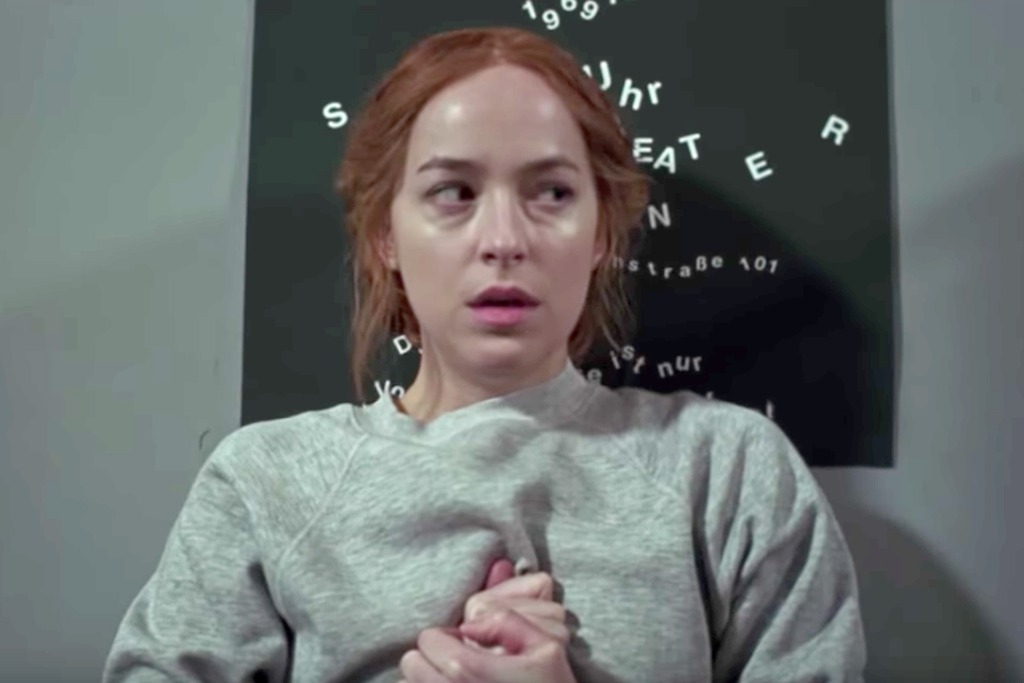
An unsettling and artfully transgressive tribute to the classic giallo, Luca Guadagnino’s Suspiria (inspired, as everyone knows, by Dario Argento’s 1977 showpiece) isn’t the colorful homage many expected.
Sure, it’s a metafictional elucidation of sorts, and there are flashes here and there of Argento’s transfixing original, but in the hands of I Am Love (2009) and Call Me By Your Name (2017) director Guadagnino the fractured, lacerated and luridly suggestive imagery––including the ecstatic and delirious use of dance––gets into your capitulum in ways Argento never envisaged. This is an altogether different beast, but at the same time is extraordinarily complimentary to the original.
Guadagnino and screenwriter David Kajganich are faithful to the wider narrative that Argento developed in the Three Mothers Trilogy (Suspiria, Inferno [1980] and The Mother of Tears [2007]), and also explore not just art house modes of frightening aesthetic but also body horror in ways that the Baron of Blood himself, David Cronenberg, would flagrantly approve.
Dakota Johnson is mesmeric as the young and hexed American dancer Susie Bannon, transposed to 1970s punk-era Berlin to audition for the world-famous Helena Markos Dance Company.
Drubbed by Gothic downpours, the academy is quick to embrace Susie, who is quickly placed as the new lead dancer after lead choreographer Madame Blanc (Tilda Swinton) takes a shine to her. But for what sinister purpose? And why did the now missing student Patricia Hingle (Chloë Grace Moretz) cryptically divulge to her psychotherapist, Josef Klemperer (Swinton, again), her bent belief that the school is run by a cruel coven of witches?
Bloodcurdling and cryptic, Suspiria moves with the assured grace of a 24-carat dance picture that will contort into something ferociously gruesome in a heartbeat (the sequence where Susie’s balletic conjury tears apart the body of another student is unforgettable, utterly visceral, and only the beginning of so much more to come).
A fever dream of matriarchal madness, the occult, doomed love, and dark secrets, Suspiria is a highly baroque, suggestive, and poetic study of corruption, disturbance, motherhood, national guilt, savagery and so much more. It’s the horror film of the year, and maybe even the decade.
4. Zama
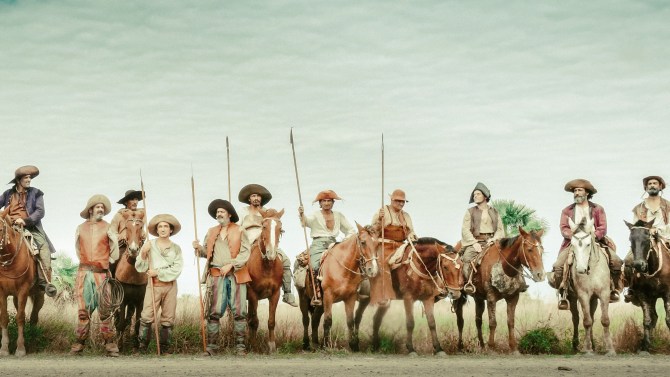
Fans of Argentine auteur Lucrecia Martel’s The Headless Woman (2008) have had an agonizingly long wait for her follow-up film, Zama, and the wait, we’re pleased to announce, was well worth it. Adapted from Antonio di Benedetto’s 1956 novel, Zama is historical fiction with a suitably ambitious scale that, in Martel’s hands, assumes an expectedly enigmatic form from one of this century’s most audacious and original filmmakers.
Unfolding in the late-18th-century, in an isolated Paraguay colony, Zama follows the twisting fate of the titular Spanish magistrate, Don Diego de Zama (Daniel Giménez Cacho), who waits in vain for the royal transfer that will reunite him with his far-off family.
Zama dazzles in part due to the oneiric lensing of cinematographer Rui Poças (we’re still reeling from his work in 2016’s The Ornithologist), which lends itself so well to Martel’s elliptical, and teasingly elusive style of storytelling. Zama is a sensorial experience, it finds some solidarity with the Western genre, and Martel even displays, astonishingly, an admiration for horror films (Zama ends in a full on fever-dream nightmare fashion), in what is one of the most beguiling and bold films you’re likely to have seen all year. A tour de force, full stop.
3. First Reformed
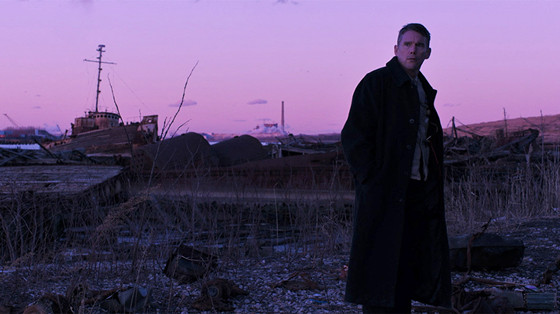
From its brilliant use of subjective camera, and the dazzling 1.37:1 aspect ratio––almost like a religious painting from the Renaissance––First Reform uplifts the mind to the spiritual as writer-director Paul Schrader exhibits the transcendental style he’s always been capable of but rarely it seems, ever extolled.
Set in a small town in upstate New York, the First Reformed church is about to usher in its 250th anniversary as Reverend Ernst Toller (Ethan Hawke, absolutely brilliant in a career best performance) begins a diary. Toller’s life in a secular world is darkened by his tortured past that includes the loss of his son in the Iraq War, his numbing and secretive alcoholism, and his failing health, both physical and mental.
Schrader’s pared down style is an astonishing feat of strength that’s both lucid and tactile as Toller twists out of control after an anguishing series of encounters with Michael (Philip Ettinger) an excitable and unstable environmental activist, and Mary (Amanda Seyfried), his pregnant wife.
Astonishingly unified in both its style and its subject, First Reformed is a glorious and gratifying work of artistry that attains the ecstatic as well as the divine. Schrader has, as in Robert Bresson’s own films, evoked and embodied that Pascalain paradox that God is both invisible but present. And also like Bresson, Schrader lays bare the work of a master filmmaker who is both unflinching social critic, and generous spirit-guide.
First Reformed is the film of the year, as well as the capsheaf of Schrader’s (and Hawke’s, while we’re here) long and considerable career.
First Reformed is a rare bird; breathtaking, tightly drawn, seemingly out of time and utterly of its time. It’s an indispensible, urgent, and otherworldly masterpiece that cuts deep and will dog you for days.
2. Spider-Man: Into the Spider-Verse
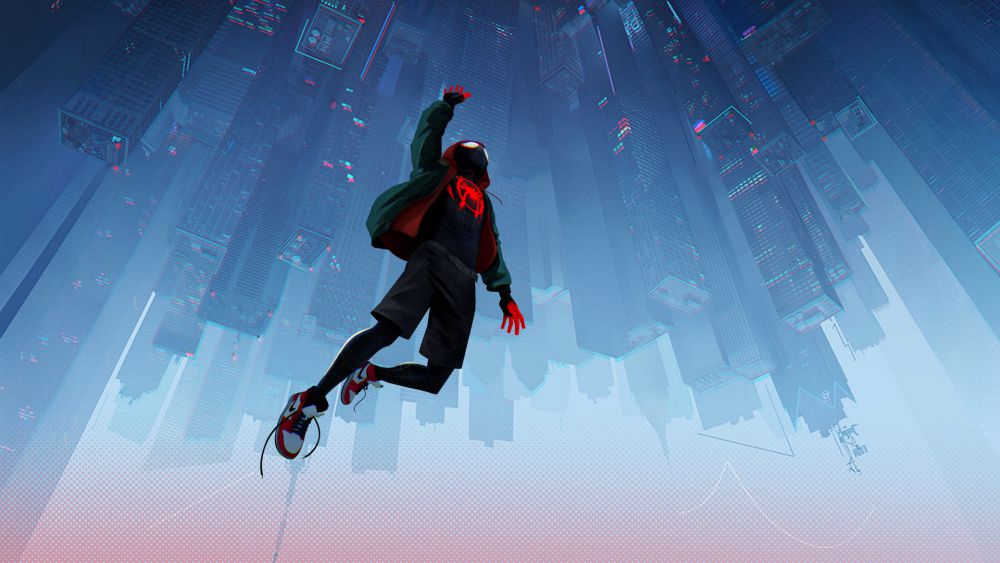
Most of us know that if you were to ask, in chirpy singsong fashion, “is he strong?” the only response is “listen bub, he’s got radioactive blood!” and so far this short century the pop cult has seen the origin of awkward teen bitten by a radioactive spider at least three times too many.
Did the world really need another Spider-Man origin story and why am I even bother to writing about it? Well, the short answer is because the new animated film Spider-Man: Into the Spider-Verse is an astonishing animated tour de force that somehow manages to reference mind-bending works like 2001: A Space Odyssey (1968) and Akira (1989) while still being original, emotional, fist-pumping, and utterly awesome.
With Into the Spider-Verse directors Bob Persichetti, Peter Ramsey, and Rodney Rothman have pulled off the animated spectacle of the year, a conceptual gambol, utterly brilliant in 3D, that may well be the most immersive animated feature ever made.
Combining old-fashioned hand-drawn animation techniques with contemporary virtual reality environments, Into the Spider-Verse pulls the viewer inside the panels of a comic book, complete with split screens, thought bubbles, and other visual gags that breathe new life into a medium many may have thought had run its course.
From the diverse cast of characters to the stylishly bold designs (I jumped in my seat at the audacious appearance of Kingpin, directly drawn from comic legend Bill Sienkiewicz’s 1980s Daredevil run), to the meta-musings, relevant humor, socially and culturally weighty story trajectory, this is an animated odyssey that is both of and ahead of its time. I’ve seen it three times on the big screen and want to go see it again now that I’m typing these words. Ciao!
1. Roma
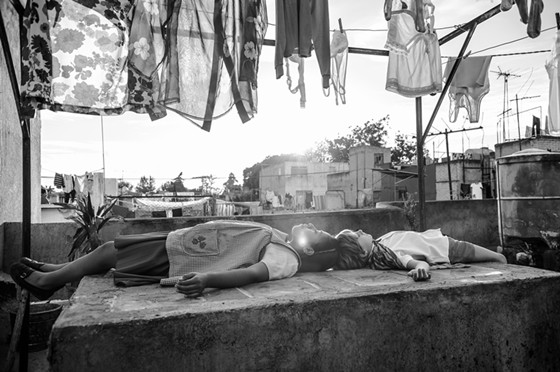
“A majestic feat of filmmaking,” writes Globe and Mail critic Barry Hertz, calling Roma “an intimate portrait of a family that also serves as a broad portrait of a changing nation.” And so Mexican filmmaker Alfonso Cuarón, who has given us such wide-ranging popular fare as Harry Potter and the Prisoner of Azkaban (2004), Children of Men (2006), and Gravity (2013) and more intimate, personal work such as Y Tu Mama Tambien (2001) at long last has his masterpiece with Roma. And it’s an abundantly textured treasure at that.
The deserved winner of the Golden Lion at the Venice Film Festival earlier this year, Roma may be the dark horse for Best Picture in the Oscars race as well in a beautifully rendered black-and-white tale (Cuarón also photographed the film) of a household in the middle-class Colonia Roma neighborhood of Mexico City in 1970. Here we get to know live-in maid Cleo (Yalitza Aparicio, brilliant) who tends to four young children.
As Clea, whom Cuarón named after the title character in in Agnès Varda’s Cléo from 5 to 7 (1962) not only cares for the children but cleans, cooks, and quietly observes, she witnesses her employers’ marriage disintegrate.
Cleo’s own love life, too is fraught and fragile, and the film, which spans a year, depicts both pained and precise events in the shared domestic space, and also too the wider tensions in society at the time; idyll pleasures––going to the cinema, a roadtrip to the country, an initially curious reference to martial arts training from a potential suitor––take on a darkened hue as the turmoil shaping within the country is further examined.
A subtly and grace shade these details that eventually pulls us to an unforgettable climax on the beach that is both deeply compassionate and utterly heartbreaking. Enthralling and altogether unforgettable, Roma will be remembered and written about for a long time to come.
Author Bio: Shane Scott-Travis is a film critic, screenwriter, comic book author/illustrator and cineaste. Currently residing in Vancouver, Canada, Shane can often be found at the cinema, the dog park, or off in a corner someplace, paraphrasing Groucho Marx. Follow Shane on Twitter @ShaneScottravis.